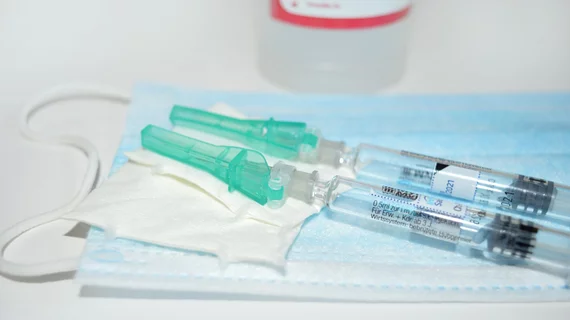Mandating flu shot availability for healthcare workers saves patient lives
Hospitals required by state laws to offer healthcare workers flu shots can expect significantly reduced flu and pneumonia mortality compared with hospitals in states forgoing such mandates.
The conclusion comes from a study published January 5 in Annals of Internal Medicine.
Corresponding author Emily Lawler, PhD, of the University of Georgia and colleagues hypothesized an association between the relevant laws and reduced flu cases and death.
Using multiple systematic means of investigating the association, they found state vaccination laws corresponded with a 2.5% reduction in poor flu-related outcomes.
The effect was most pronounced among the elderly and most evident in years when the vaccine was on target for circulating strains.
Lawler and co-authors comment that, during the 2016-17 influenza year, when 15 states had laws in place, more than 1,800 lives were preserved.
“State laws promoting hospital worker vaccination against influenza may be effective in preventing pneumonia- and influenza-related deaths, particularly among elderly persons,” they conclude. “Vaccinating hospital workers may substantially reduce the spread of influenza and protect the most vulnerable populations.”

